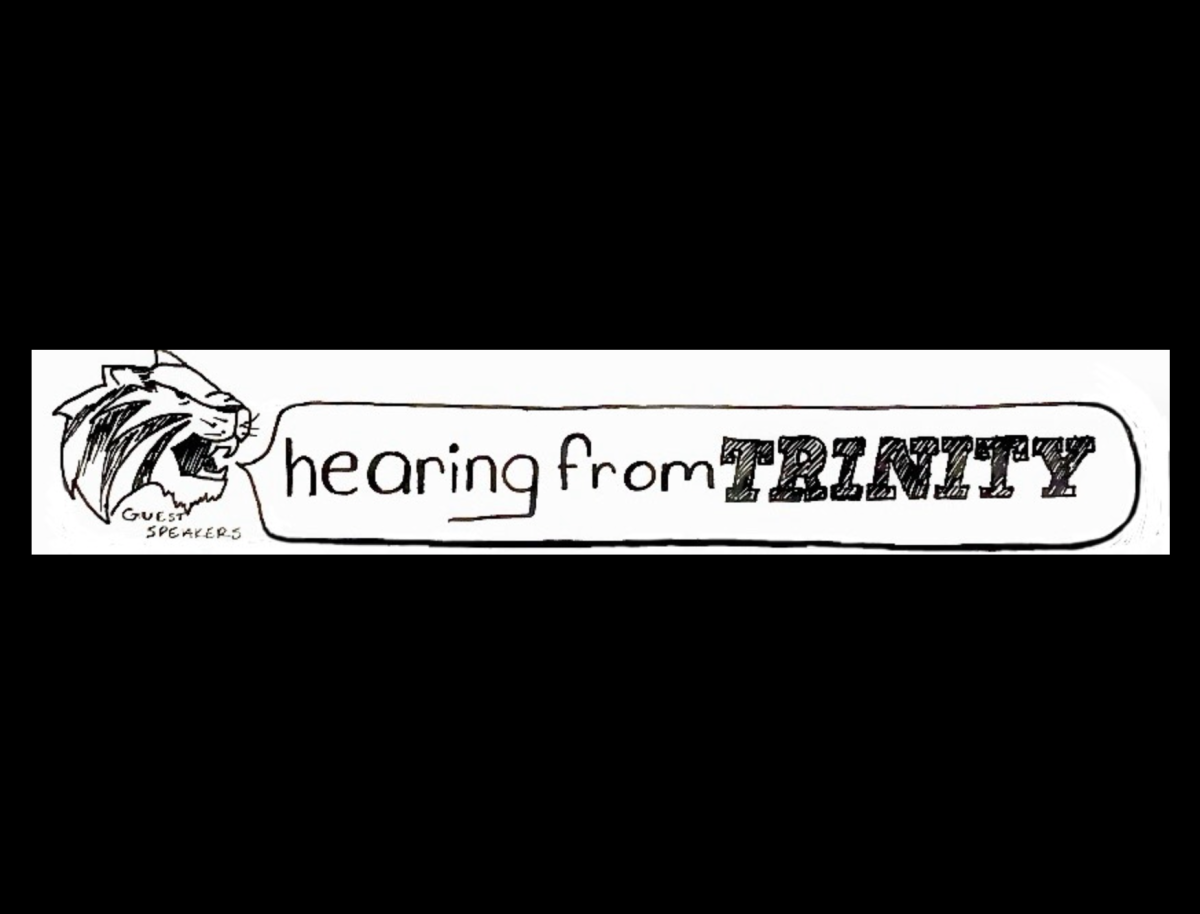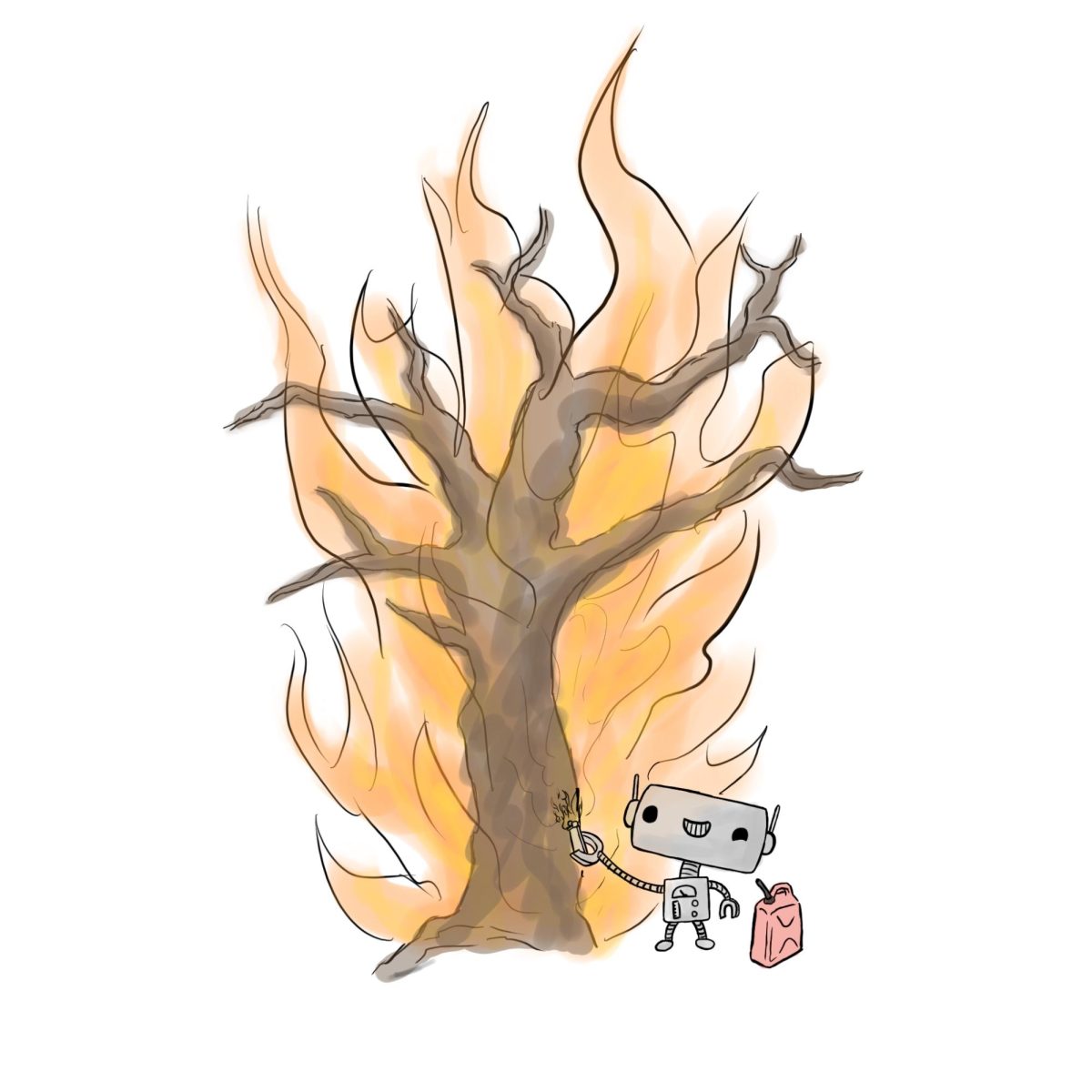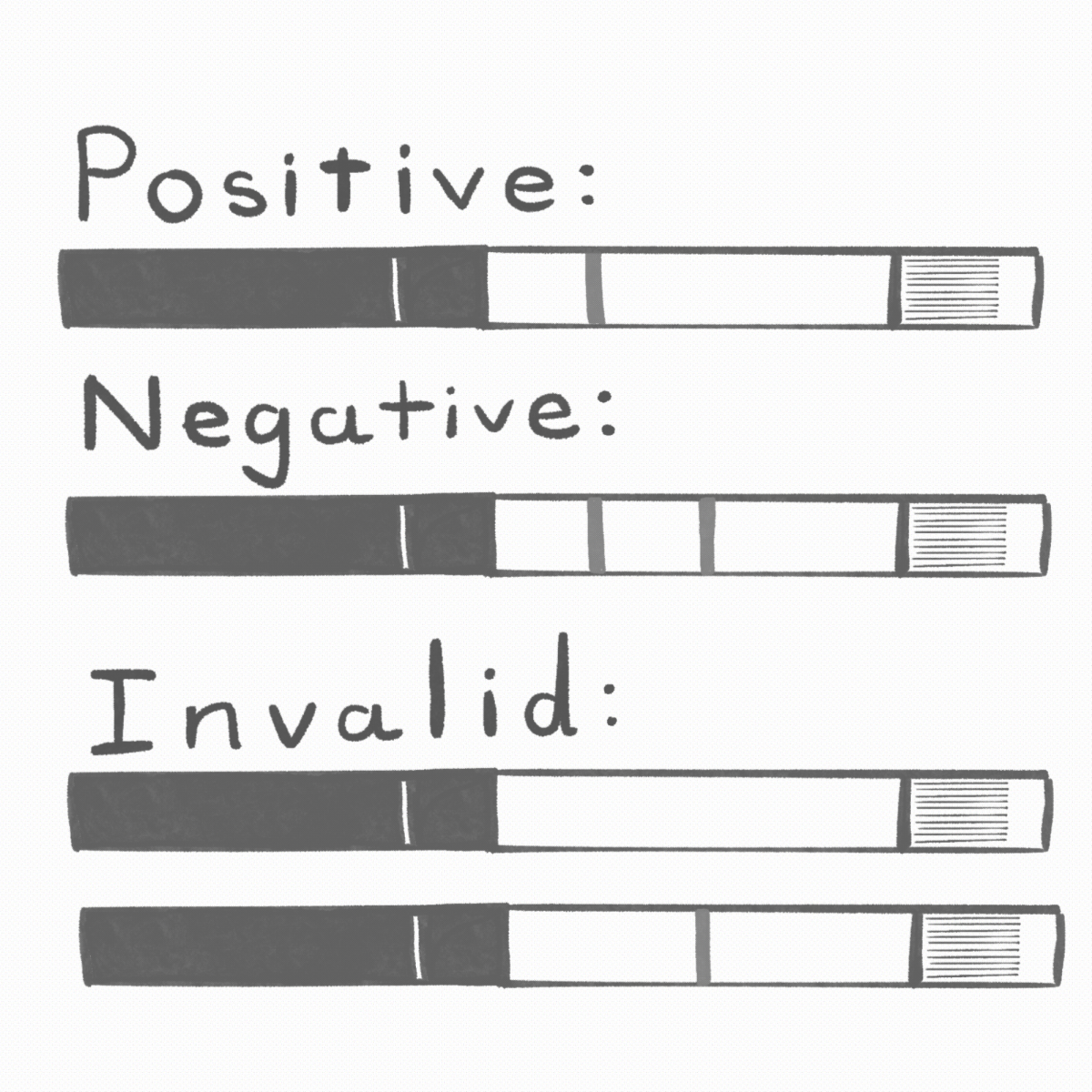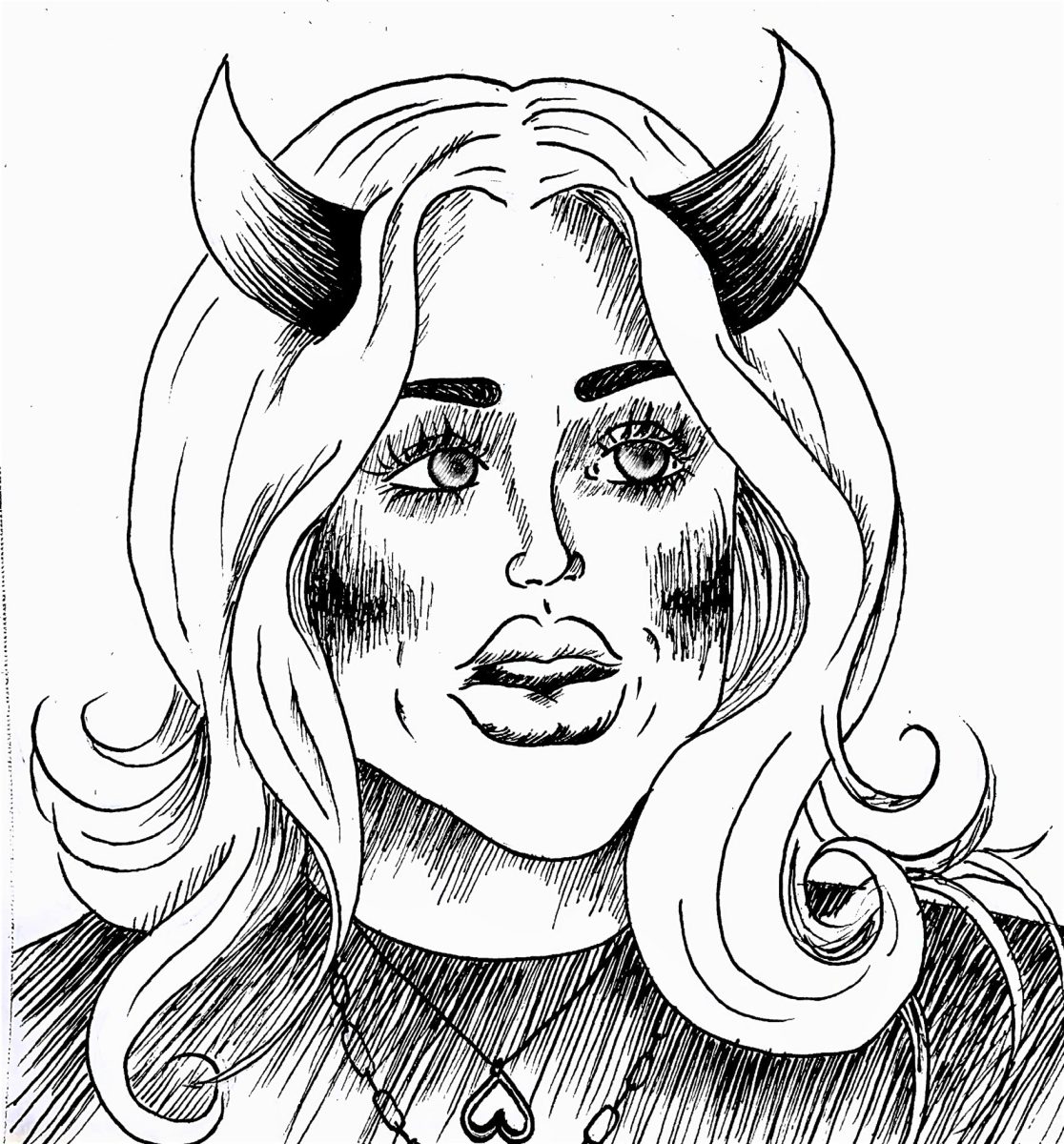There are three caterpillars on my daughter’s milkweed plant, one little and two big, covered in yellow, black and white stripes, with four black horns growing from their backs. Their feet look like fleshy teacups as they labor along the slender stems.
Milly hasn’t seen them yet. She’s not quite two yet and currently occupied with grabbing fistfuls of dirt in her hand and letting it run through her fingers. She smells the dirt, giving it a tentative lick from time to time.
“Milly, look,” I call to her. “Come look at these caterpillars.”
We are both very big fans of The Very Hungry Caterpillar.
“Look, Milly,” I call again, “Caterpillars!” and this time she runs over, almost taking out a young Echinacea plant, almost crashing into the milkweed.
“I see it!” she shouts. “Want to pet it!”
She wants to pet everything these days, even the thunder from last week’s storm.
“Want to see it!” she says, pushing closer to the leaf until her face is this close to the bug. She cackles, shrieks.
What happens to us when we grow up, that we no longer sniff dirt, or stick our face into a caterpillar’s? When Milly notices something, she wants to see it this close; she wants to touch it, smell it, taste it. And then she cackles, shrieks from joy. Why don’t we?
The obvious answer is just that: “We grew up.” The world isn’t as new to us as it is to her. Life isn’t as exciting.
But nothing could be further from the truth. Every day scientists discover new facts about our world, and their job is to look at the world that closely, every day. And even the most travelled among us have only seen something like 2% of the world. Think of the villages tucked between dunes in the Sahara, the swiftlet caves in Borneo. Or the 1940’s era junk pile in Trinity’s Arboretum. Think of the deep canyons and ridges of a Live Oak’s bark, the galls on the undersides of its leaves. The soft, pale spot on the underside of your boyfriend’s wrist, where the palm joins the arm and the veins are almost the same blue-gray as his eyes.
There’s plenty left to be excited about.
And yet, we walk around this campus as if there were nothing more interesting to see than our iPhone screens.
Earlier this semester, a hawk soared low over my head by the CSI building and pulled up just short of one of its windows. A student saw it too, and all we could muster was a pathetic, polite, “Wow. Wasn’t that something?”
We all have a lot to learn from Milly.
Last week our community was reminded yet again of how precious and fleeting life is. We made promises to ourselves and to each other not to take it for granted.
But life is made up of these very moments, of caterpillars crawling and hawks soaring and your hand on his hand, that soft, warm spot.
Pay attention. Cackle, shriek.
Kelly Carlisle is an assistant professor in the department of English.





